You see it on your NYSEG bill (or any utility bill for that matter) every month: a letter A or a letter E next to your meter reading. Does it matter? The short answer: yes. You could be getting charged for energy you didn’t even use.
The exact cost of electricity changes all the time–by year, by month, even by day. Ever wonder what’s behind all these changes? Find out how your utility determines your energy price.
We’ve all heard it before: the dreaded announcement that our utility is raising our rates. Again. The cost of electricity in the United States has consistently risen faster than the rate of inflation for the last 50 years. Since 2000, national rates have increased by about 25%. Meanwhile, loyal, bill-paying customers haven’t done a thing to deserve higher rates. That’s because your energy prices aren’t dependent on what you’re up to. They fluctuate based on how efficiently your utility can get electricity from the power plant to your home. At each step of that process, changes in the costs utilities take on ultimately influence the price it charges. With that, let’s examine the factors behind your rate.
Table of Contents
The Three Main Factors Affecting Your Energy Price
Your energy price is determined by the cost of electricity generation, transmission, and distribution. Together, the three encompass electricity’s entire journey, from its origin in a power plant to its end use in your home.
This chart from the US Energy Information Administration summarizes the extent to which each stage contributes to consumers’ energy prices.
We’ll help explain where these costs come from and how consumers can reduce their rates at each step along the way.
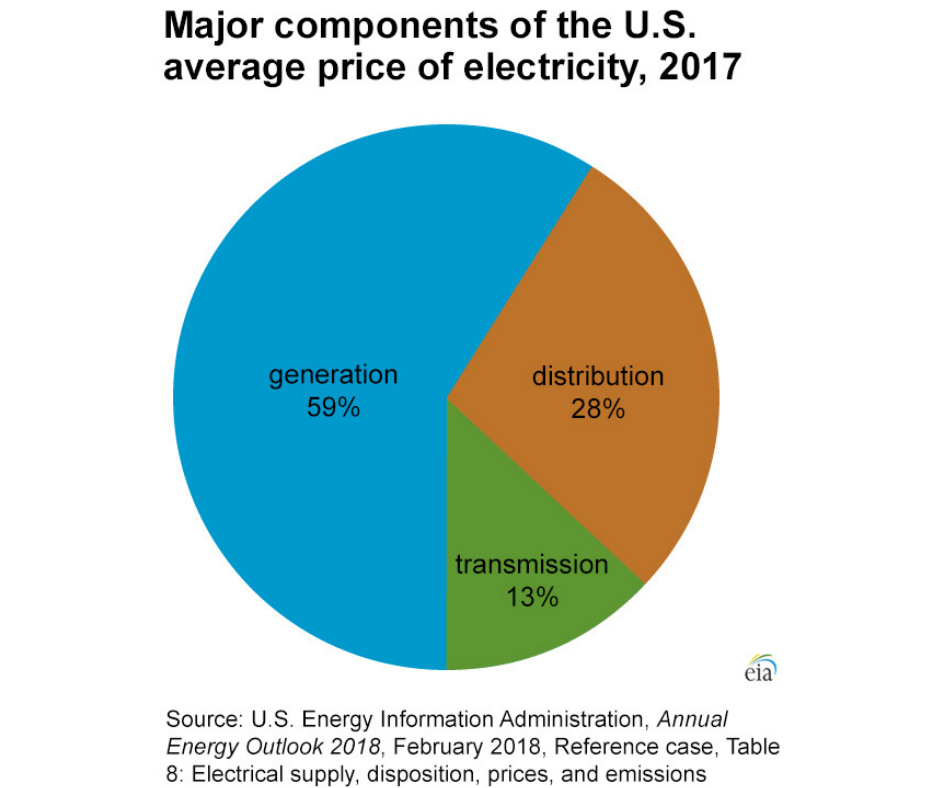
Generation
Generation refers to the production of electricity at a power plant. This is the most volatile phase for energy prices for several reasons.
First, energy companies use a wide variety of power sources to generate electricity. Some utilities source heavily from coal, others get more from natural gas (these two sources combine to account for over 60% of U.S. electricity generation), while others are leading the charge toward solar and wind. Every utility tries to minimize its generation expenses, but new technologies and sourcing methods change costs all the time. For instance, solar generation costs have dropped rapidly in the last decade. Some utilities are taking advantage of this development by sourcing more from solar; others are lagging behind.
Second, aside from the method used to generate electricity, generation has largely been “decoupled” from the other phases; what this means is that the actual company responsible for production may not be your utility. In competitive electricity markets, utilities may purchase power from third-party energy service companies, which take on portions of the electricity generation load and feed that power into the utility’s transmission lines. If those companies (often called ESCOs) can create energy at a cheaper rate, electricity costs decline. Unfortunately, they often end up jacking up rates instead.
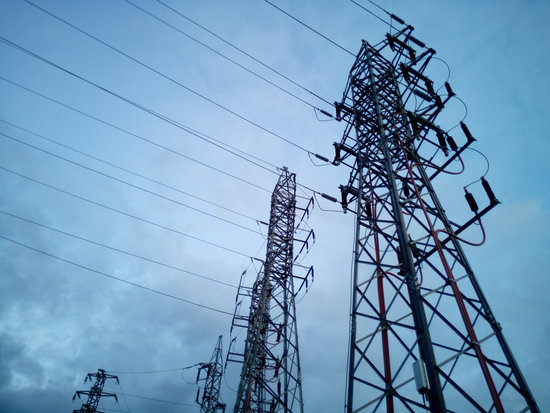
Energy Transmission
Electricity in the modern grid needs to be transmitted across vast distances, which explains the hundreds of thousands of power lines across the United States linking our grid together.
The primary expense that comes with transmission is in the form of maintenance costs. Utilities spend millions of dollars every year repairing downed lines in their service area, usually caused by heavy storms. And while you’d think developments in design and technology would improve these systems’ durability, climate change is acting to exacerbate extreme weather, which necessitates more repairs.
Another small cost incurred during transmission stems from the blunt truth that we can’t retain 100% of generated electricity as it moves through power lines and transformers. As a result, some 5 percent of power gets lost in transmission. Distributed energy resources, like microgrids and community solar gardens, help reduce the cost of transmission by reducing the distance between power generation sources and the end users of that electricity.
Distribution
This is the piece that finally brings the electricity to your home. Utilities charge you for the infrastructure and equipment they maintain to bring the power along the final leg of its journey, including distribution substations, transformers, and the standard power lines you see along local roads.
Although distribution costs represent a larger portion of your bill than transmission charges, they aren’t subject to quite as much volatility, and there is less you can do to alter your rate. These costs are essential to making sure energy from the grid gets where it needs to go: to your household.
Seasonal Changes Affect Your Energy Price
People use more electricity during the summer to keep their homes cool. Meanwhile, traditional energy sources like coal power don’t function any more efficiently during the summer than other times of year, so supply remains relatively constant. Greater demand with level supply drives up energy prices during the hottest months.
Solar panels, however, function at peak efficiency during the summertime. In other words, adding more solar to the grid can reduce the summertime price increases that drive so many people nuts.
What You Can Do About Your Energy Price
- You can move. Okay–you probably don’t want to do that over your energy bill. In fact, we recommend you don’t choose a place of residence based on the cost of electricity there. Other choices are definitely better.
- If you’re in a competitive market, you can go with a 3rd party energy supplier. But as we and many other reputable sources like the Boston Globe have noted, this can often end up increasing your rates dramatically.
- While it won’t reduce your energy price, you can always reduce your energy usage to achieve cheaper bills. The rate you pay per kWh will remain the same, but cutting the total quantity of power you use is an even more direct path to savings.
- You can join a community solar garden and save through cheaper, more efficient electricity generation and transmission. By supporting community solar, you don’t just earn guaranteed monthly savings; you also support the inclusion of inexpensive energy into the grid, which will ultimately lower rates for everyone.
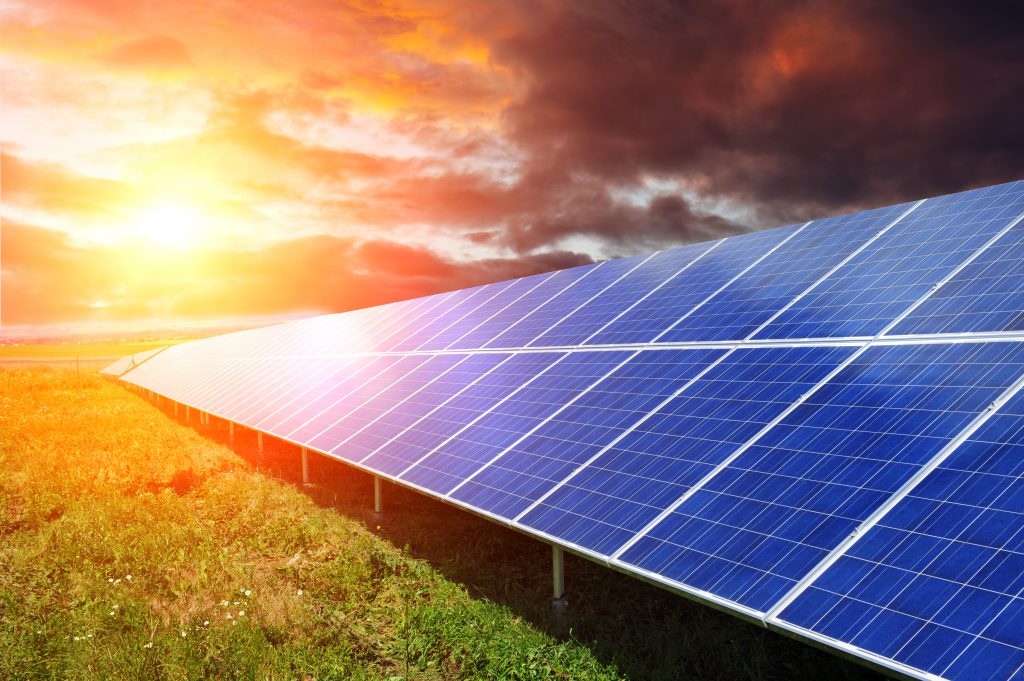
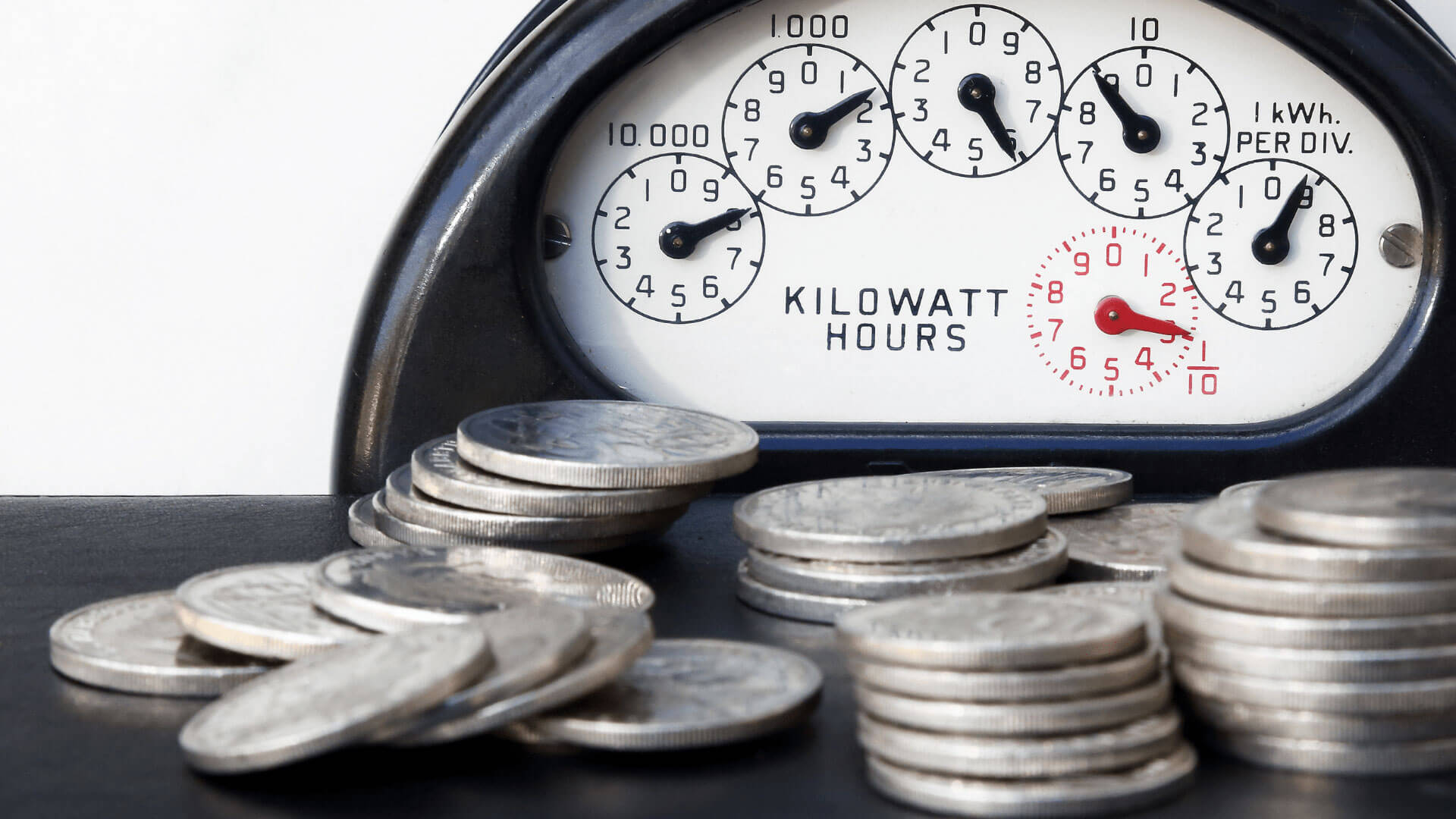


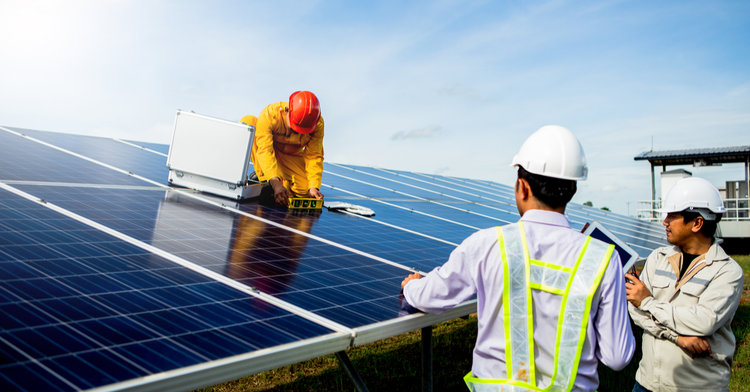

Know what goes into the cost of energy is good to know as I'm sure that most people just get the bill, look at how much it is, and pay it.
It's great you mentioned that the change in seasons can be a determining factor when it comes to your electricity usage especially when summer rolls around. When you have solar panels installed, this can take a whole load off your hands since solar panels function the best during summer time and can potentially lower the rate of generated electricity. If I had to choose for affordable electric rates, I would want to try having a solar panel atop my house to see if what they said during the summertime is true, that it can potentially reduce rates because they function better in the heat.